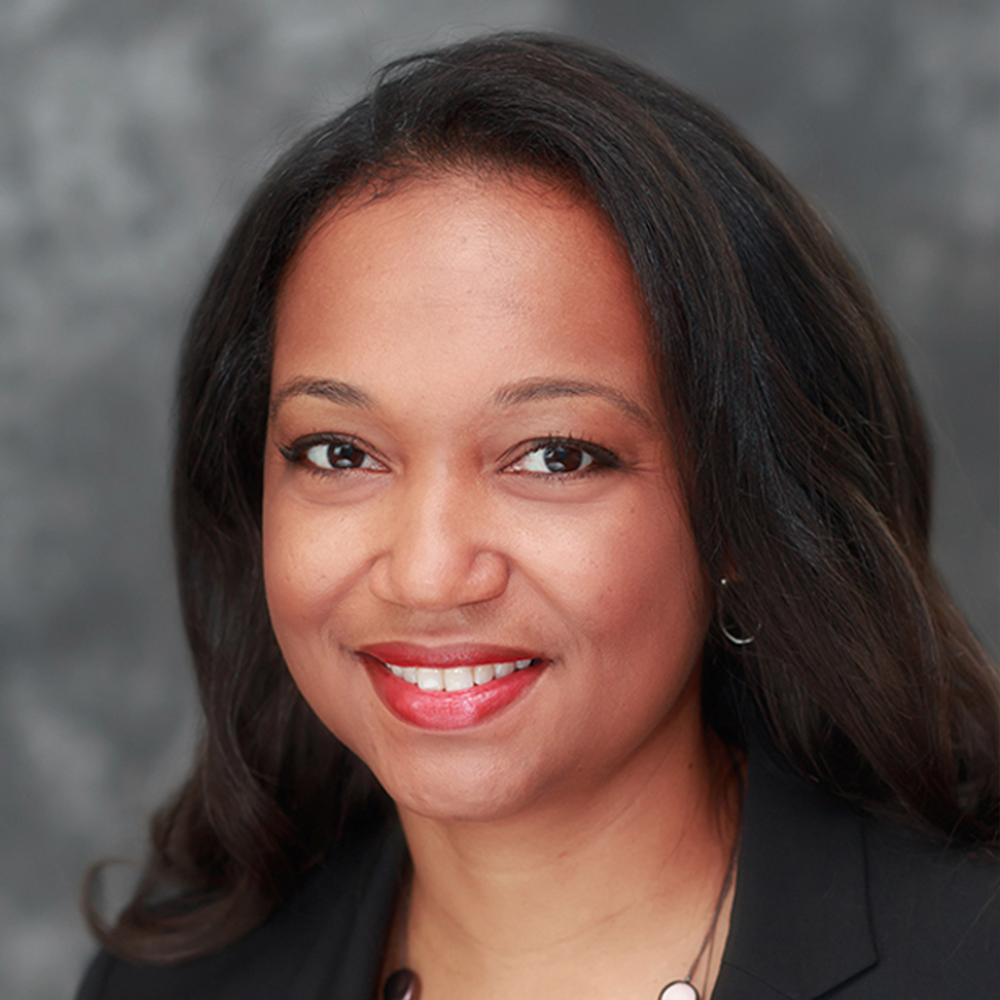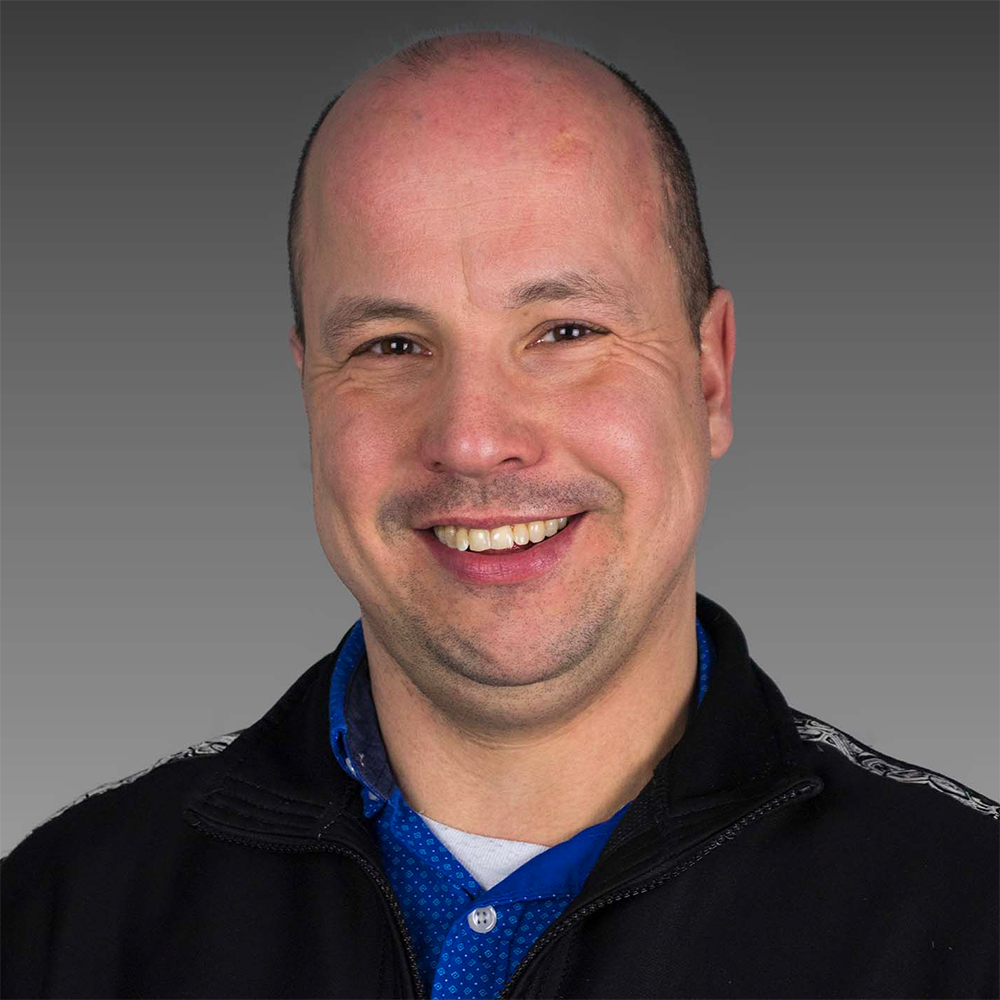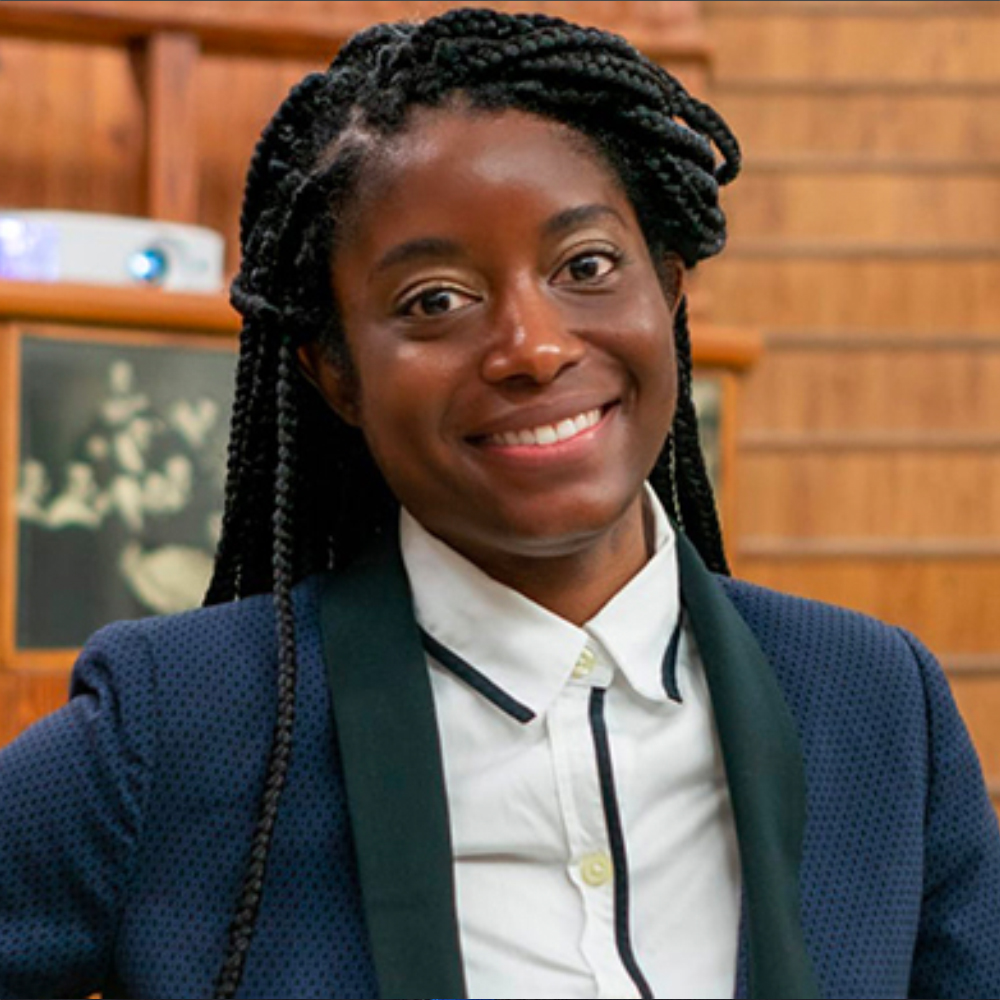
What Does DEI in Research Look Like?
What Does DEI in Research Look Like?
U of M Medical School Faculty Share How and Why They Prioritize Diversity, Equity and Inclusion in Their Studies
Read time: 5 minutes
A lot has happened in the last 18 months that impacts what scientists research and how they do it. All of it, in some way, has brought new attention to three capital letters: D, E, I.
This attention included that of the National Institutes of Health (NIH), which in March, launched the UNITE Initiative to “end structural racism and racial inequities in the health research enterprise.” Though no formal language or guidance — yet — has been provided about what this means for grant funding and research, program leaders do say more and more FOAs (Funding Opportunity Announcements) are including stipulations to demonstrate how that research will support or include aspects of DEI.
“Diversity, equity and inclusion are three linked concepts, and over the last year, I have been asked over and over what that looks like — what does DEI in research look like for someone who is a basic scientist versus a clinical scientist?” says Ana Núñez, MD, FACP, vice dean for diversity, equity and inclusion at the University of Minnesota Medical School.
“No one has arrived,” she continued. “Our Medical School certainly has work to do, along with every other institution in the field, but there are exemplars in this space, including some at the U of M Medical School who have been working hard at this for years.”
Three faculty from the U of M Medical School share how their research prioritizes and integrates DEI and offer critical advice learned over the years while establising DEI concepts in the research they conduct:
-
Use an ‘Equity’ Lens First
-
Include the Individual Community’s Values, Strengths and Priorities
-
Build a Diverse Team
Number 1 — Use an ‘Equity’ Lens First

When establishing your research, Brooke Cunningham, MD, PhD, an assistant professor in the Department of Family Medicine and Community Health, says researchers first need to understand that DEI is not one concept.
“D, E and I have both overlapping and distinct goals,” she says. "I focus on equity because I am most interested in closing racial gaps in health outcomes."
Dr. Cunningham explains that the 1993 NIH Revitalization Act mandated inclusion of women and racial minorities in NIH-funded research because they expected a different response to interventions by race and sex.
"Unfortunately, they did not clarify why we might see a different response, leaving researchers to continue to analyze race incorrectly — as if it were biological,” Dr. Cunningham says. “When researchers think about diversity, equity and inclusion, mostly they think about who is participating in their study, the D and the I. Studies that more fully address DEI concepts focus on the E — equity. Those studies consider the different lived experiences and social positions of people in a racially stratified and inequitable society.”
Dr. Cunningham established her study with an equity lens. She hopes training white primary care providers how to talk about race with their Black patients will improve those relationships, and in turn, patients’ health outcomes.
“If we know that racism is a health risk — that racism is a public health crisis — then we need to talk about the different aspects of racism as it is a health risk for our patients,” she says.
Her hypothesis is that opening up communication will foster an authentic conversation about race that can tear down boundaries that may exist, which in turn, have the power to impact individual health and wellbeing. It’s a multi-pronged project that includes interviews and focus groups, intervention development and pilot testing of that intervention. Thus far, Dr. Cunningham has learned there is discomfort talking about race on both sides — Black patients fear their experiences will be dismissed and white physicians fear saying the wrong thing or coming off as racist. She aims to use what she learns from the interviews and focus groups to develop a communication training for white physicians about how to talk about racism with their Black patients. She is working closely with a community advisory board and notes that, if you value community engagement, you have to be flexible with your research aims.
“When you’re doing research like this, where you’re listening to others to inform your research, you have to be open to the direction that your project may take you — even if it’s different from where you started,” she says.
Number 2 — Include the Individual Community’s Values, Strengths and Priorities

Jordan Lewis, PhD, is the associate director of the Memory Keepers Medical Discovery Team – one of four teams funded by the Minnesota Legislature in 2014 to address some of the state’s most pressing health issues. Housed at the U of M Medical School, Duluth Campus, his research seeks to develop culturally appropriate dementia care resources for American Indian caregivers.
“Given the past history of research with Indigenous communities, it is imperative to honor and respect Tribal sovereignty, cultural values and strengths, protecting the rights of community members and ensuring research is a reflection of the community’s values, strengths, experiences and priorities,” Dr. Lewis says.
To do that, he has positioned his study as community-based participatory research, which seeks input directly from those he hopes to help.
“Many caregiver interventions are developed with Western, non-Native populations and then culturally adapted to match the community’s cultural practices and beliefs around caregiving,” Dr. Lewis says. “My research is engaging American Indian communities to, first, better understand their needs in this area.”
So far, he has learned that the use of cultural activities, including serving traditional foods, hold important psychological, social and spiritual meaning that show great promise in reducing agitated behaviors of those with dementia. And, if those behaviors are reduced, caregivers are less likely to turn to pharmacological remedies or institutionalization, keeping Elders in their homes and communities.
During the course of his research, he has learned that not one approach fits all communities — what works for dementia care in one population may not translate to another.
“For example, American Indian caregivers of the same Tribal Nation, or community, are not homogenous. It is important to honor and respect the unique family, community, gender, economic, spiritual and generational differences that influence their caregiving duties, as well as how the research study is implemented and disseminated,” he says.
Number 3 — Build a Diverse Team

Beyond diversifying who the research impacts, Anita Randolph, PhD, the director of Community Engagement and Education of the Masonic Institute for the Developing Brand (MIDB), says it’s equally important to diversify the research team.
“MIDB is dedicated to fostering healthy brain function of children across their lifespan through innovative neuroscience research, integrated therapeutic programs and accessible education and support for families,” Dr. Randolph says. “We will have the broadest impact if our researchers, our clinicians, our staff and our clinical trial participants better reflect the communities that we intend to serve.”
She leads the Community Engagement and Education (CEE) core, which has been established to foster community relationships and introduce neuroscience research to underrepresented students and community members.
“A pressing problem that science is facing is the lack of diversity in our laboratories, our institutions and the Science-Technology-Engineering-Arts-Mathematics (STEAM) workforce in general,” Dr. Randolph says. “We believe MIDB CEE core will connect underrepresented students in K-12, undergraduate and graduate school, as well as their families, in order to increase STEAM participation and develop the next generation of scientists.”
The biggest challenge is that the results of this work won’t be known for years — and not without the help of leaders who have the tools to engage with young learners in this way. Dr. Randolph says, to surmount this, their team co-founded Neuroscience Opportunities for Discovery and Equity (NODE), a centralized infrastructure for neuroscience-focused engagement programs across the University of Minnesota that will eliminate financial barriers, provide training and help leaders translate their engagement work into an academic product.
“This will help us overcome challenges associated with limited time, limited funding and limited staffing so that we can work to provide community-led, tangible solutions that improve people’s lives in that community, while inspiring the next generation of underrepresented learners to be scientists,” Dr. Randolph says.
‘Collaborator-in-Chief’ — Meet the Inaugural Vice Dean of Diversity, Equity and Inclusion
Ana Núñez, MD, FACP, vice dean for diversity, equity and inclusion for the Medical School and professor in the Department of Medicine, details her experience during her first few months in office. She describes how she’s become a “collaborator-in-chief.”
Memory Keepers Medical Discovery Team Receives $1M NSF Grant to Examine Successful Aging Among Alaska Native Elders
Jordan Lewis, PhD, MSW, professor and Memory Keepers Medical Discovery Team (MDT) faculty investigator, is embarking on a three-year research project to define what it means to “age in a good way” through the lessons and wisdom of Alaska Native Elders.
Neuroscience Opportunities for Discovery and Equity Builds Infrastructure for Community Engagement
Through a partnership with neuroscience-focused engagement programs across the University, Neuroscience Opportunities for Discovery and Equity (NODE) is working toward becoming a centralized infrastructure for community-based participatory research, training and resources.